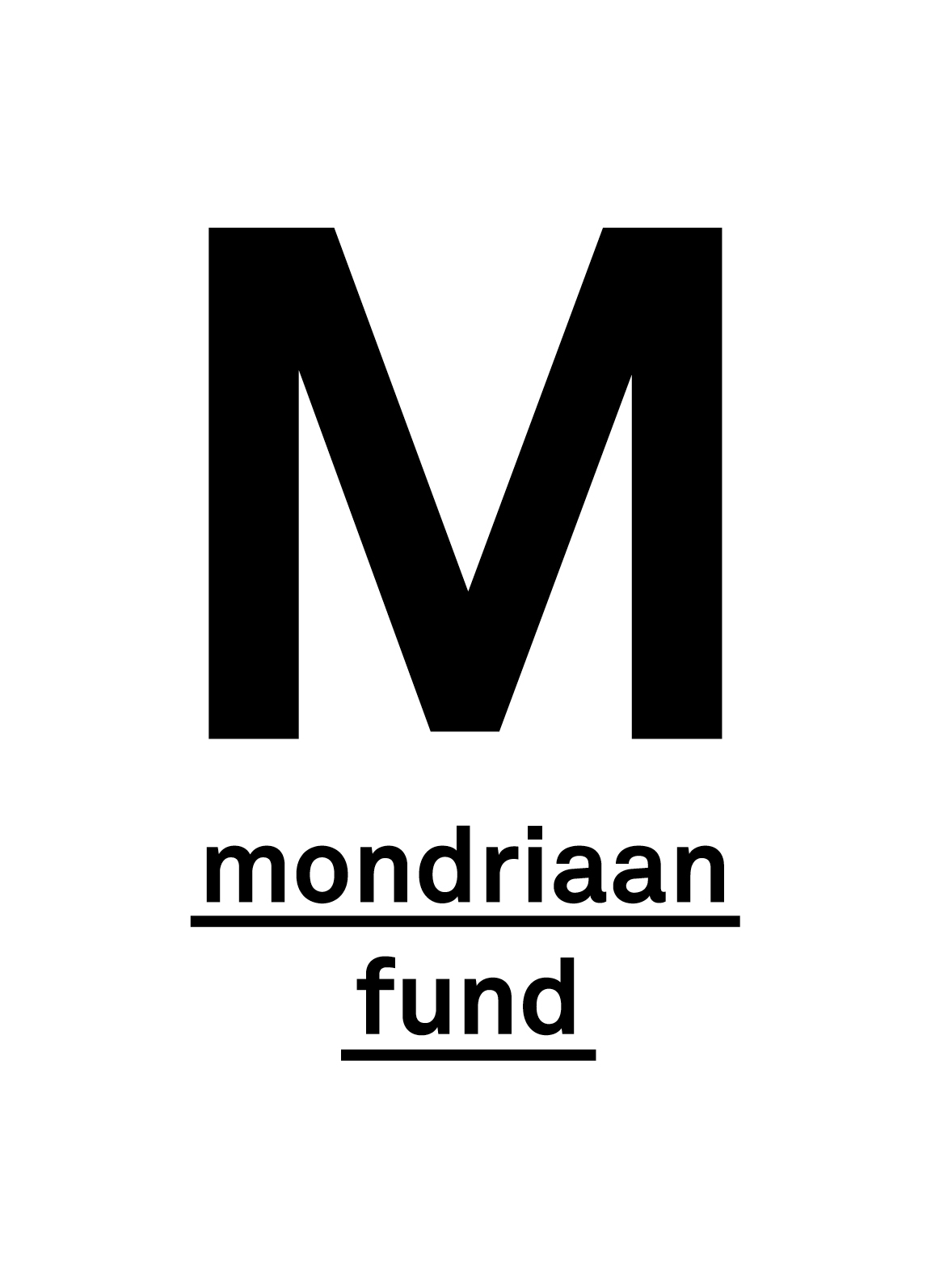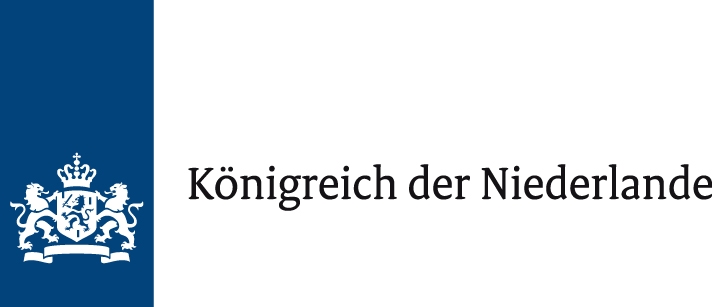27 April–24 June 2018
Artists
Tools for Action, Artúr van Balen, Marco Barotti, Plastique Fantastique, Ant Farm, Eventstructure Research Group, Anna Hoetjes, Franco Mazzucchelli, The Yes Men, Ahmet Ögüt, Tomás Saraceno, Anika Schwarzlose, Graham Stevens, UFO, Huw Wahl
Project group
Artúr van Balen, Fabiola Bierhoff, Alexander Dunst, Anna Hoetjes, Jantien Roozenburg, Hannah Zindel
Ever since the first hot-air balloon ascended in 1783, inflatable objects have inspired the imagination of alternative worlds. In the nineteenth century, aerial towns colonized the skies and floating labs surveyed the world. Flying cameras popularized the view from above. Starting in the 1930s, gigantic floats attracted attention to socialist and capitalist mass parades. Along with the ideals of the generation of 1968, inflatable spaces and performances entered into architecture and tested new forms of coexistence.
‘Floating Utopias’ presents the broad range of pneumatic media in an exhibition and accompanying interventions in urban space. The project juxtaposes historical and contemporary works and raises questions as to their potential for artistic and activist practices. Until today, inflatable objects serve as tools for aesthetic and political interventions: artists and activists situate their works between surreality and functionality, fiction and fact. Inflatables invite us to be playful and disobedient, they forge communities and prompt participation, generate attention and agency.
Exhibition design:
Agustina Pascotto and Jazmin Lourdes Schenone in collaboration with Jantien Roozenburg
Dates:
Thursday, 26 April 2018
11-22h
Intervention by Ahmet Ögüt »Castle of Vooruit«
On the opening day, the artist Ahmet Ögüt will stage a participatory performance for Floating Utopias. The stationary installation ‘The Castle of Vooruit’, which was on view for the first time in Gent in 2012, floats over the Oranienplatz in Berlin-Kreuzberg for one day.
17h
Speakers Corner
Starting at 5 pm, Ögüt’s performance ‘Speakers Corner’ invites guests and random passers-by to talk about the theme of utopias in the shadow of the inflatable object.
19h
Opening of the exhibition
21h
Performance “Pneu Show” by Theo Botschuijver, Eventstructure Research Group
At the opening, the Dutch artist Theo Botschuijver, a former member of the Eventstructure Research Group (ERG), will realize a new version of the ‘Pneu Show’ that took place for the first time in Bern in 1968. ERG’s inflatable film installations and participatory, and at times deliberately disturbing, happenings in urban space theorized the ‘event’ as an open, experimental situation. In their search for commonalities between art, architecture and technology, they allowed participants to determine the course of events. The exhibition will additionally feature archival material of ERG in the form of photographs and construction sketches. They document the enthusiasm for the pneumatic medium in the 1970s.
Friday, 27 April 2018, 16h - start: nGbK
Intervention »A. to A. (Elica)« by Franco Mazzucchelli
The inflatable spiral will be taken to the river Spree in a public walk (start: nGbK). The object will be launched into the water at the Oberbaumbrücke and will move towards Elsenbrücke.
Since 1964, Franco Mazzucchelli has been making inflatable objects that he understands as interventions in everyday situations and leaves to random users. For Floating Utopias, the Italian artist will produce an inflatable object titled ‘Elica’ from his series ‘A. to A.’ at Berlin’s Osthafen. As a new artistic experiment, the object will float through Berlin on the River Spree. In the exhibition Mazzucchelli’s Film ‘Alfa Romeo’ (1971) will also be screened, showing factory workers playfully reacting to an inflatable sculpture and simultaneously positioning it against car traffic in Milan.
Thursday, 3 May 2018
19h
Talk (EN) »Google Balloons and Histories of Unmanned Ballooning« by Hannah Zindel
Since 2013 the company google has sent hundreds of balloons into the stratosphere. They shall provide Internet to regions that are not connected to the world wide web. To get balloons in the desired direction, google uses predictive models of the winds and decision-making algorithms. To critically grasp this economization of the stratosphere and its infrastructures, the lecture takes a media-historical look at ballooning practices and techniques of measuring, calculating and imagining the atmosphere since 19th century.
Dr. des. Hannah Zindel holds a Post-Doc position at the Institute for Advanced Studies on Media Cultures of Computer Simulation (MECS), Leuphana University Luneburg. Her research interests include History of Media Technology, Cultural Techniques, Balloons and Wind Tunnels.
20h
Artist talk (EN) with Tomás Saraceno and Graham Stevens on solar sculptures and Aerocene
Moderated by Dr. Sasha Engelmann
Ever since Graham Stevens’ first solar air structures took flight in the early 1970s, we have been presented with a visible solution that suggests the possible use of pneumatic structures in the transition from fossil fuels to sustainable energy forms. Today, faced with the dire effects of climate change and looking to re-evaluate energy systems, the ecological ideas that Stevens was investigating have been revisited. Initiated in 2015, Tomás Saraceno’s interdisciplinary artistic endeavor Aerocene seeks new modes of sensitivity, towards an ethical collaboration with the sun, the atmosphere, and our environment. Saraceno’s direction suggests opening a new, interplanetary ecology of practice. Both artists look at the question of how we can reconnect with elemental sources of energy and form a new set of values to go beyond the extractive economies of the fossil fuel regime. The artist talk will explore the socio-political role of solar sculptures in moving our imaginations towards a post-fossil fuel era.
Saturday, 19 May 2018
Symposium (EN) »Floating Ideologies – Material Disobedience«
Much to the frustration of centuries of inventors, hot-air balloons can only be steered vertically, not horizontally. The uncontrollable, disobedient element of balloons points to both a burden and a promise of liberation. Inflatables are used as tools of observation and disguise in the military, as tools of attraction in mass spectacles or as tools for direct action in protest situations. This symposium investigates how inflatables have the potential for tactics and strategies ranging from centralized technologies of control to insurrectionary, bottom-up approaches for empowerment. Where can inflatables take us? And what are the ethical dilemmas, considering that tools and tactics can be used by actors with different political agendas?
15h
Talks
- Tom Ullrich: »Fying Barricades«
- Artúr van Balen “Tools for Action”
- Anika Schwarzlose: »Disguise and Deception - inflatables and their use for military operations«
- Moritz Frischkorn: »Choreography of Things, from 1968 until now«
- Shailoh Phillips: »Floating Ideologies: Ethical Dilemmas for the Politics of Direct Action«
20h
Filmscreening and discussion
»Action Space« (1968-1978) by Huw Wahl
Action Space used large inflatable sculptures to create interventions into public spaces. By bringing together artists, performers, dancers, painters and musicians, the movement sought to produce cultural democratic spaces for art, education and creative play outside of the restrictive space of the gallery system. This film looks at those years between 1968 and 1978, archiving footage alongside discussions with key members of the movement, present-day writers and theorists.
Supported by


